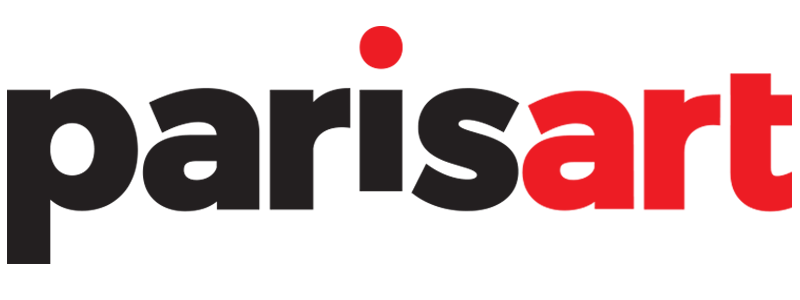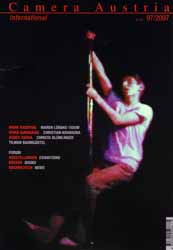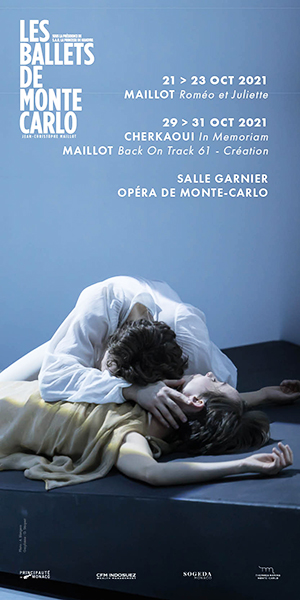Pr├®sentation
Christine Frisinghelli
Camera Austria n┬░ 97
Pr├®face de Christine Frisinghelli
┬½┬ĀHomoeroticism, alienation and self-determination, staging and authenticity of the protagonist and camera/producer are the complexes of subjects that Estonian artist Mark Raidpere deals with insistently in his photographs and video works. His adjustment of the surface of the body, his stagings of body language uncover the mechanisms of representation, revealing the history/stories inscribed in the bodies. Here, on the bodyŌĆÖs surface, everything appears to unite and the drama of life unfolds. What is bare life? This is exactly what RaidpereŌĆÖs artistic work is all about, and thanks to his extreme attention to every single psychological nuance of his performers his ostensibly private work assumes a social and political dimension, that Maren L├╝bbke-Tidow sets out to explore in her text.
Camera Austria has been invited to take part together with more than eighty other international magazines in the documenta 12 magazine project, that is aimed to combine artistic practice, theoretical debate and reception and prepare readers for the focal issues of documenta 12 in Kassel in summer 2007. A core subject of Camera Austria (in our exhibitions and in this magazine), to explore the social uses of photography, is also the theme of our contributions to this project. The documentary social-activist and photo-political work of Jo Spence has gained new topical relevance and attention. A focal theme on the project of a national image archive for Kurdistan by American photographer Susan Meiselas, commented by Allan Sekula, was recently followed by two contributions: The Slovenian artist group IRWIN presented their ┬½NSK Garde┬╗ work, in which they artistically process a fictitious state and its insignia. Furthermore, we provided an introduction to the image-political subjects such as mediation, economy and marketing of German concept artist Anna Oppermann, whose work, ten years after her death, is being brought into the contemporary debate by current exhibitions. With the presentation of Mark RaidpereŌĆÖs work for our readersŌĆÖ critical reading, we wish to supplement the aforementioned contributions to the question posed by documenta 12: What is bare life?
Current presentations in Paris, in which photographer and film-maker Agn├©s Varda (who has designed a special spread of pictures/ texts for this issue) shows herself to be a convincing installation artist, switching effortlessly between photography and film, between video and sculpture, gave occasion for Christa Bl├╝mlinger to examine VardaŌĆÖs step from cinema into the realm of art. In this piece, Bl├╝mlinger elaborates that VardaŌĆÖs films testify to a penchant for the dispositif of the exhibition, for the art of observation: Time and again we see the artistic expression of a vivid semiology of everyday culture, founded on the study of a collection of objects or images. The resistance of modernist art historiography to the knowledge bases advanced by globalisation debates and postcolonial studies over the past two decades is Christian KravagnaŌĆÖs starting point to examine Vivan SundaramŌĆÖs digital photomontages: In Re-take of Amrita, Vivan Sundaram tells a story of artistic self-discovery in an era of decolonisation, contributing not only to the reconstruction of a chapter of Indian art history but also to an art history of transcultural modernism. The protagonist Amrita Sher-Gil was one of the cosmopolitan artist figures in 1920sŌĆÖ and 1930sŌĆÖ India. In his essay entitled The mobilisation of images with comments on YouTube and its consequences, finally, Tilman Baumg├żrtel analyses the circulation of images and the associated questions of acceleration and distribution of information.
We are certain that the current issue once again pans out a broad array of current topics in contemporary art production. We look forward to seeing you at Art Cologne and Art Basel this coming spring!┬Ā┬╗



 parisART sur Instagram
parisART sur Instagram